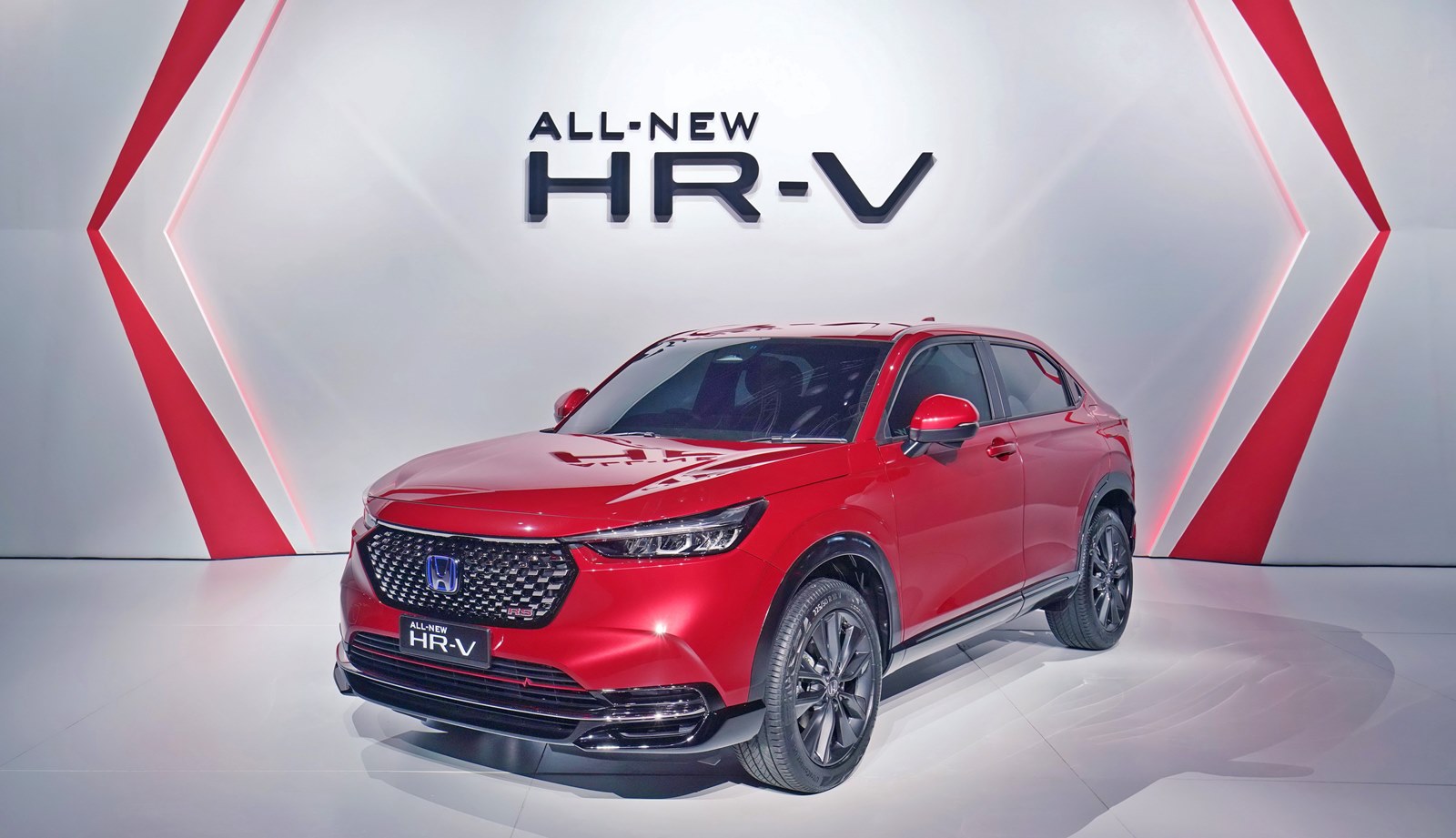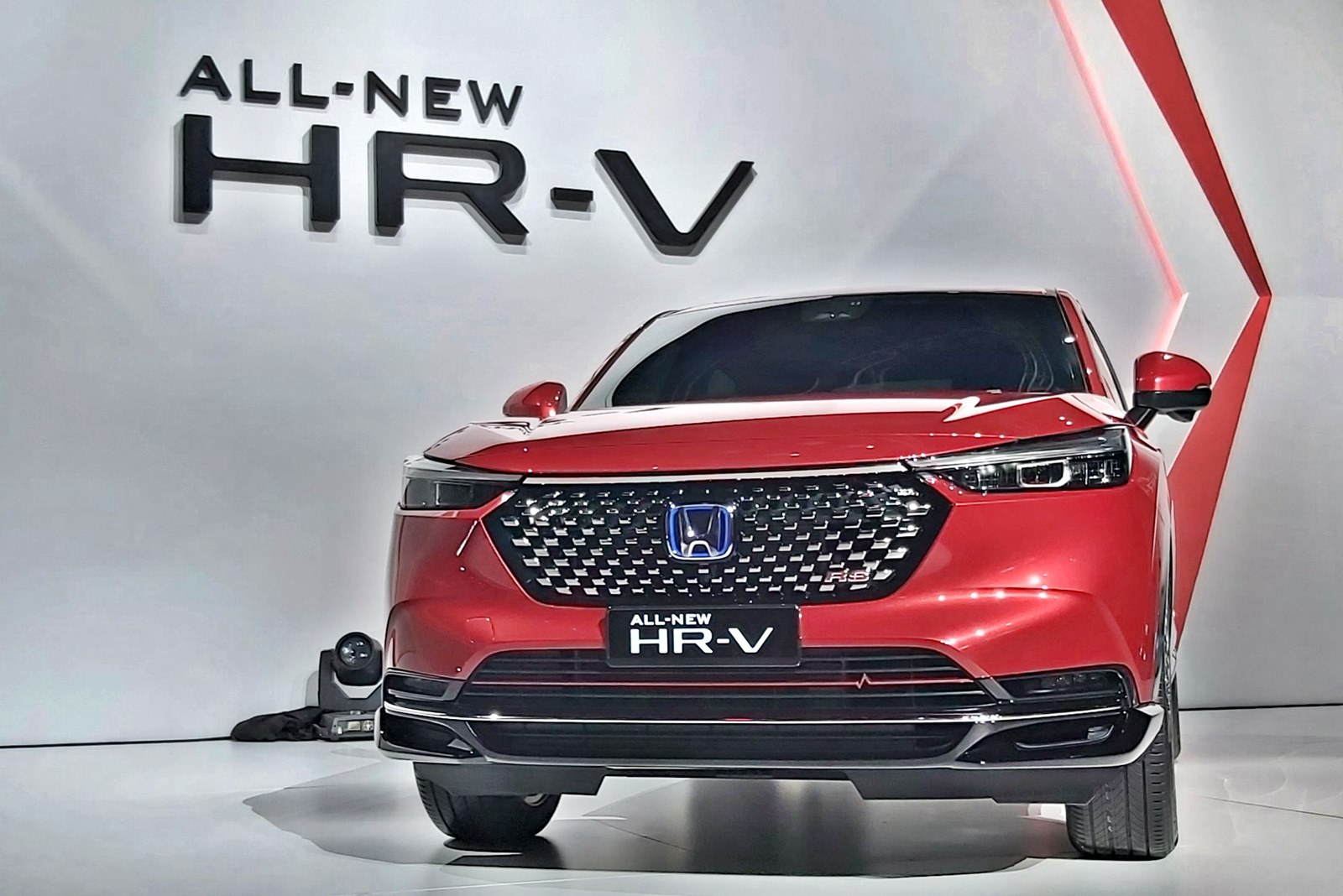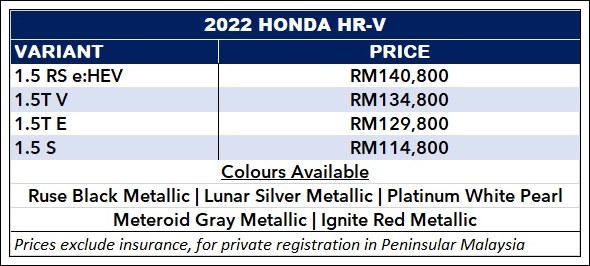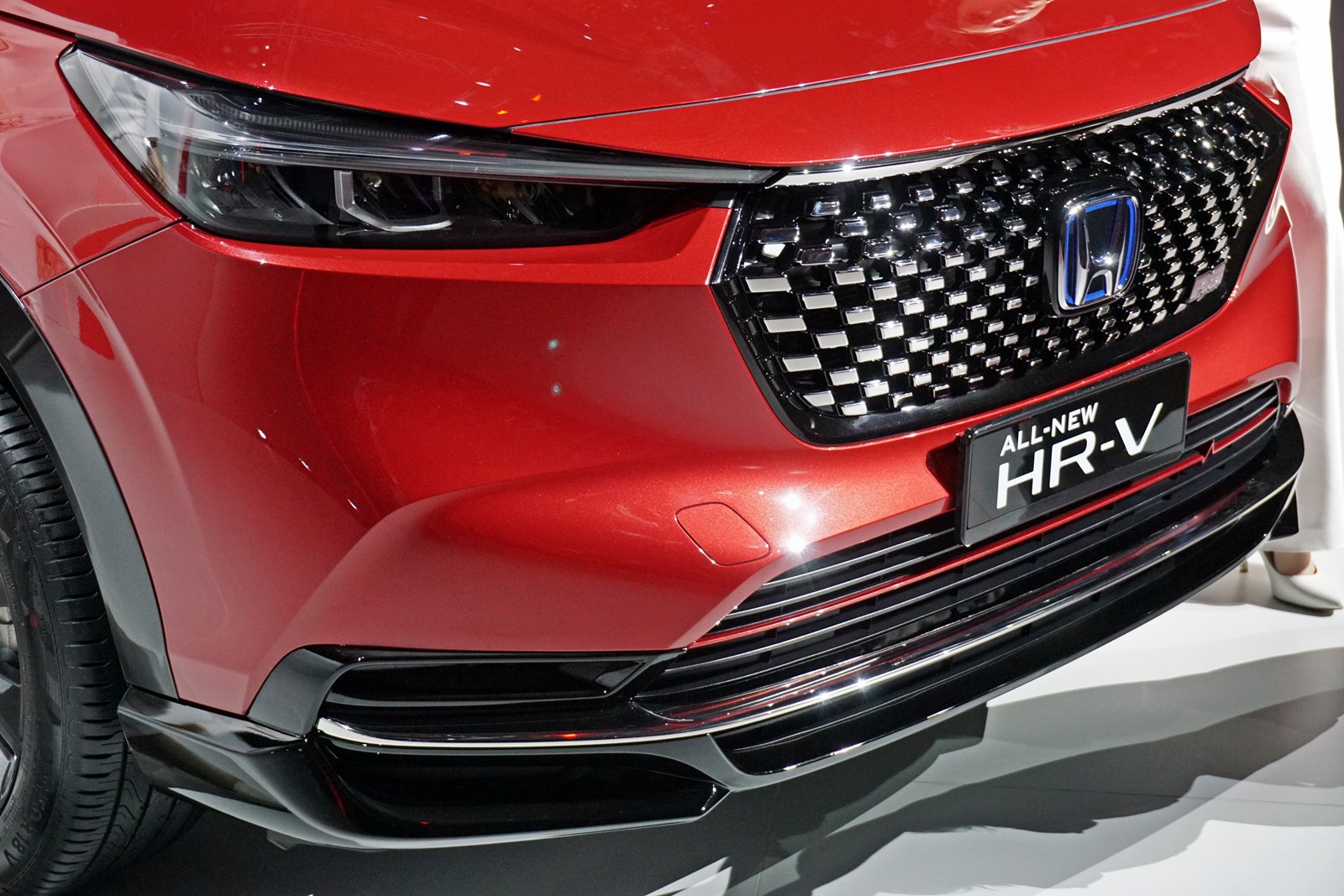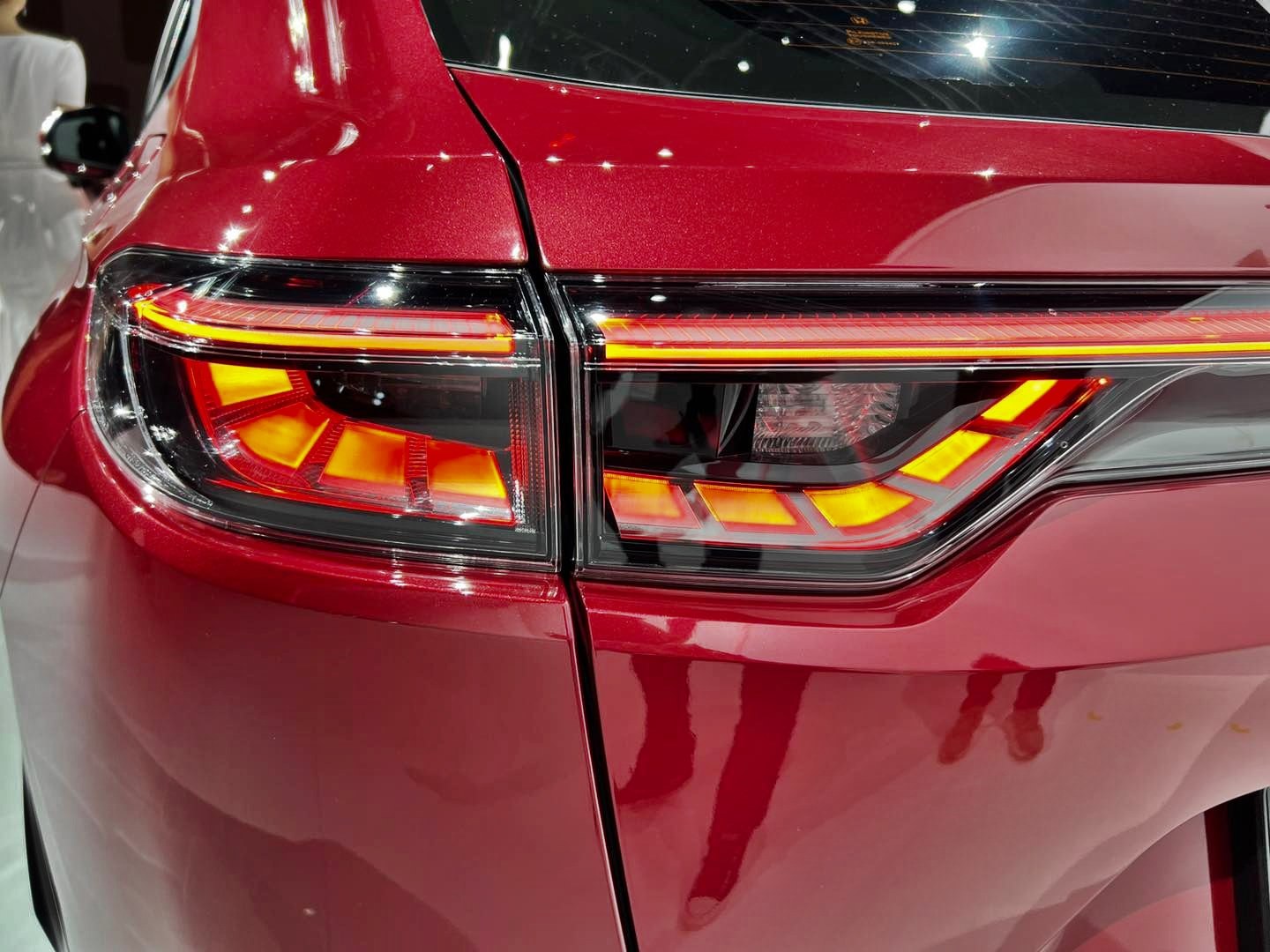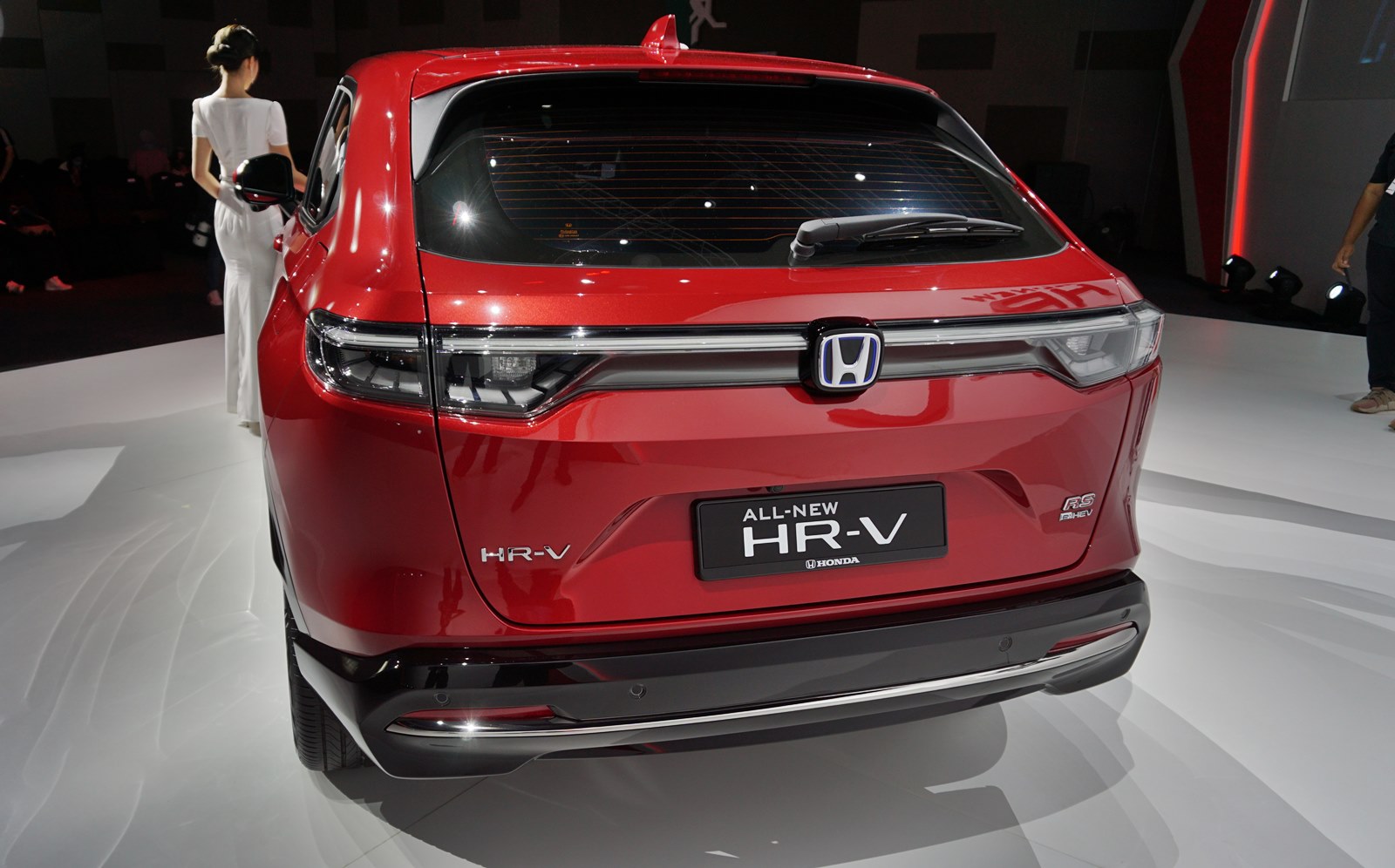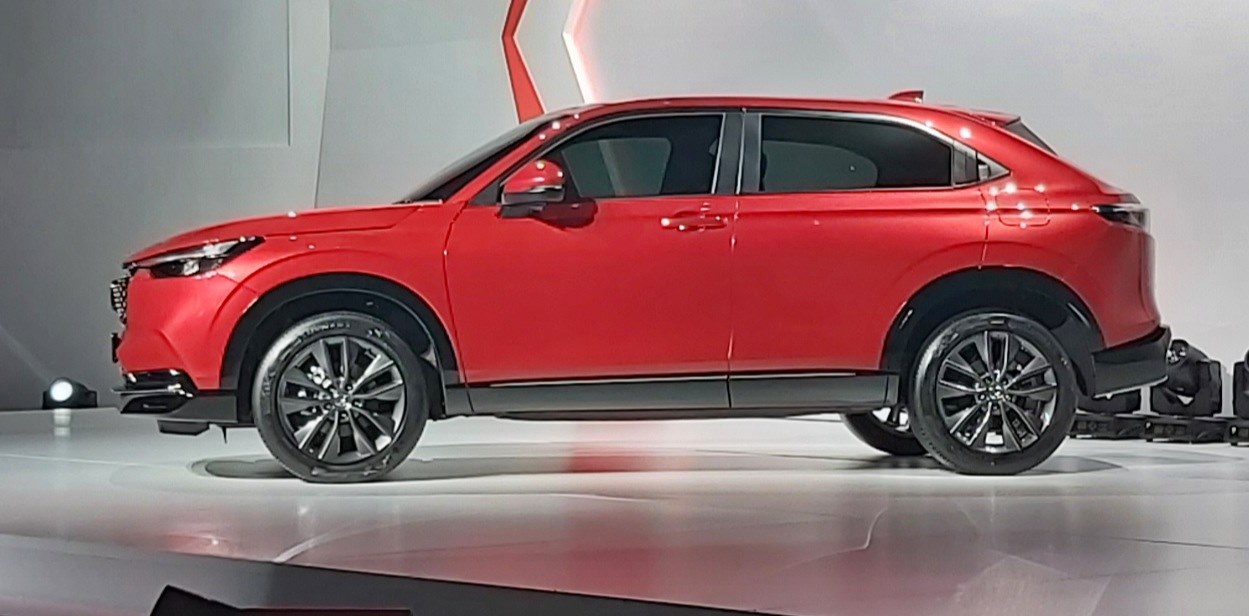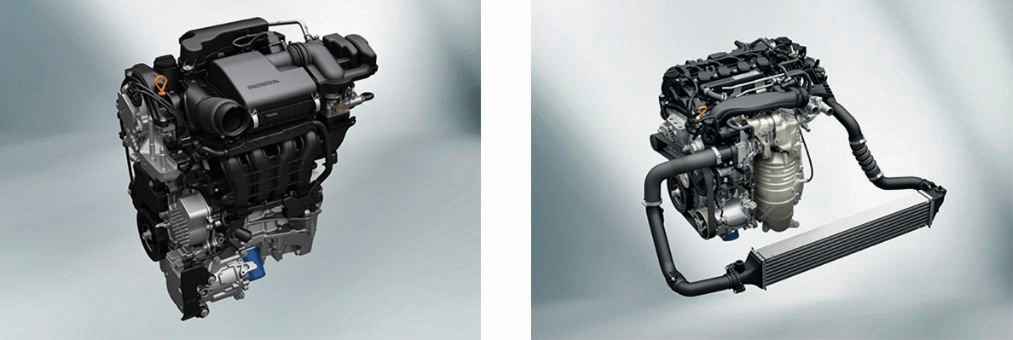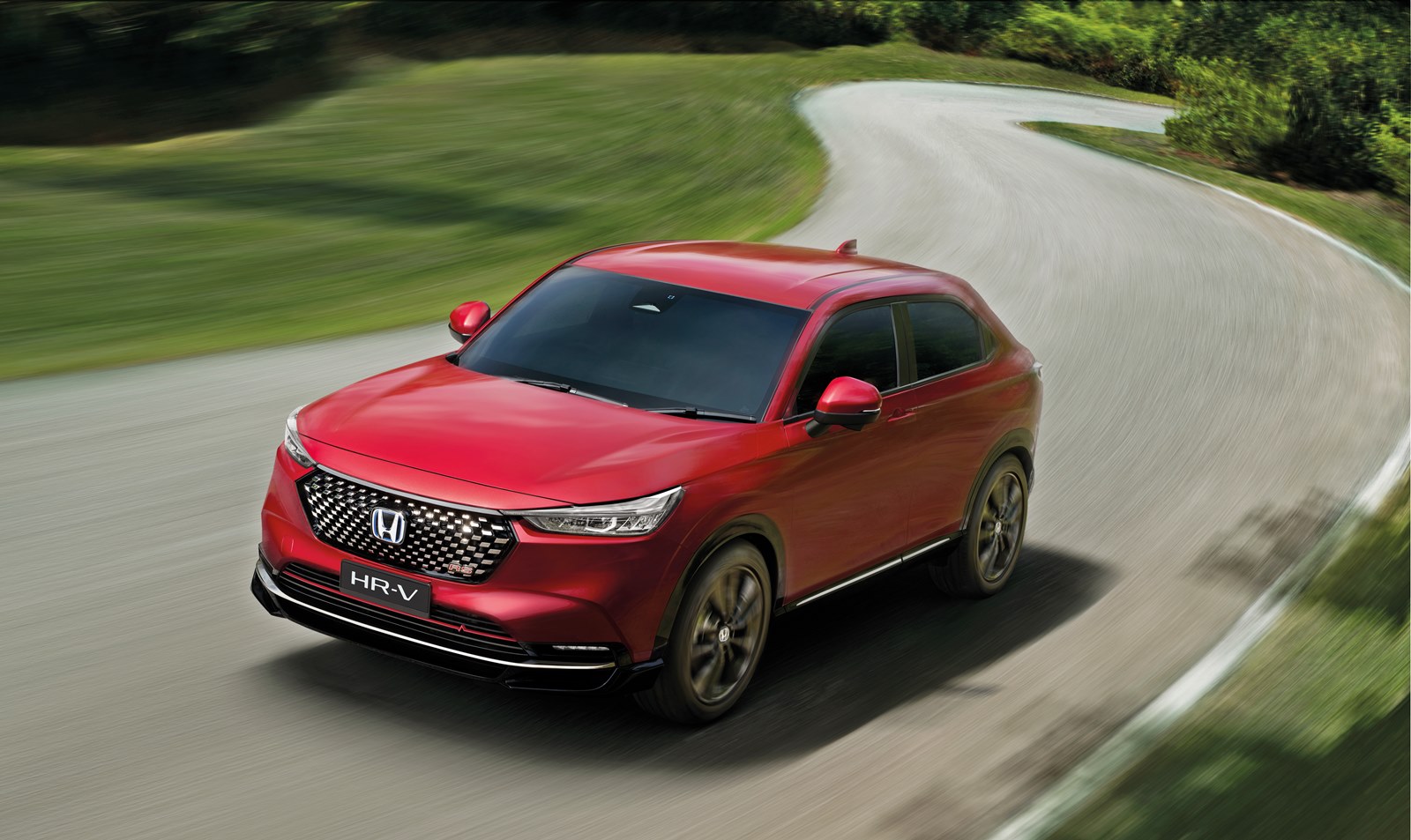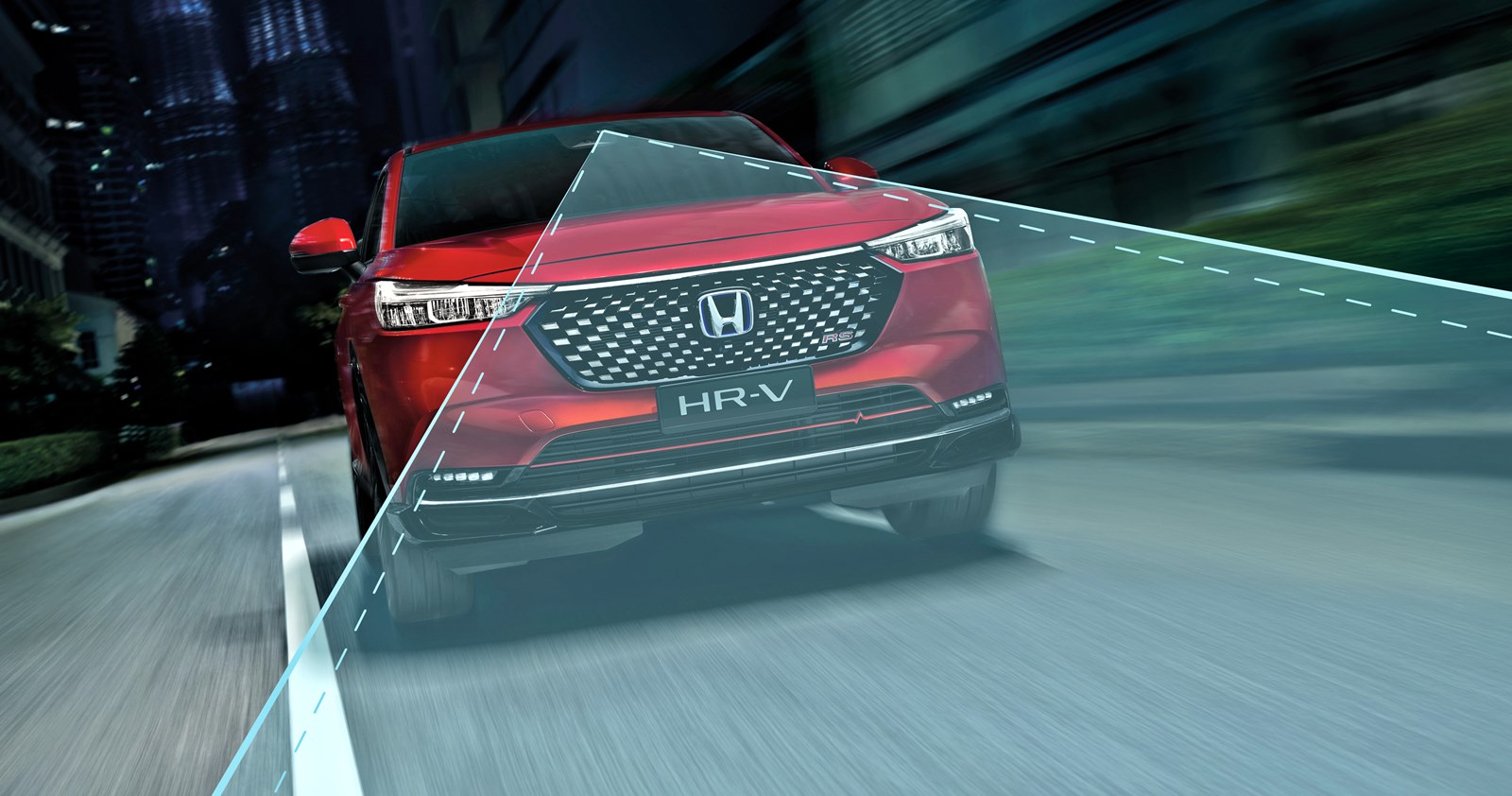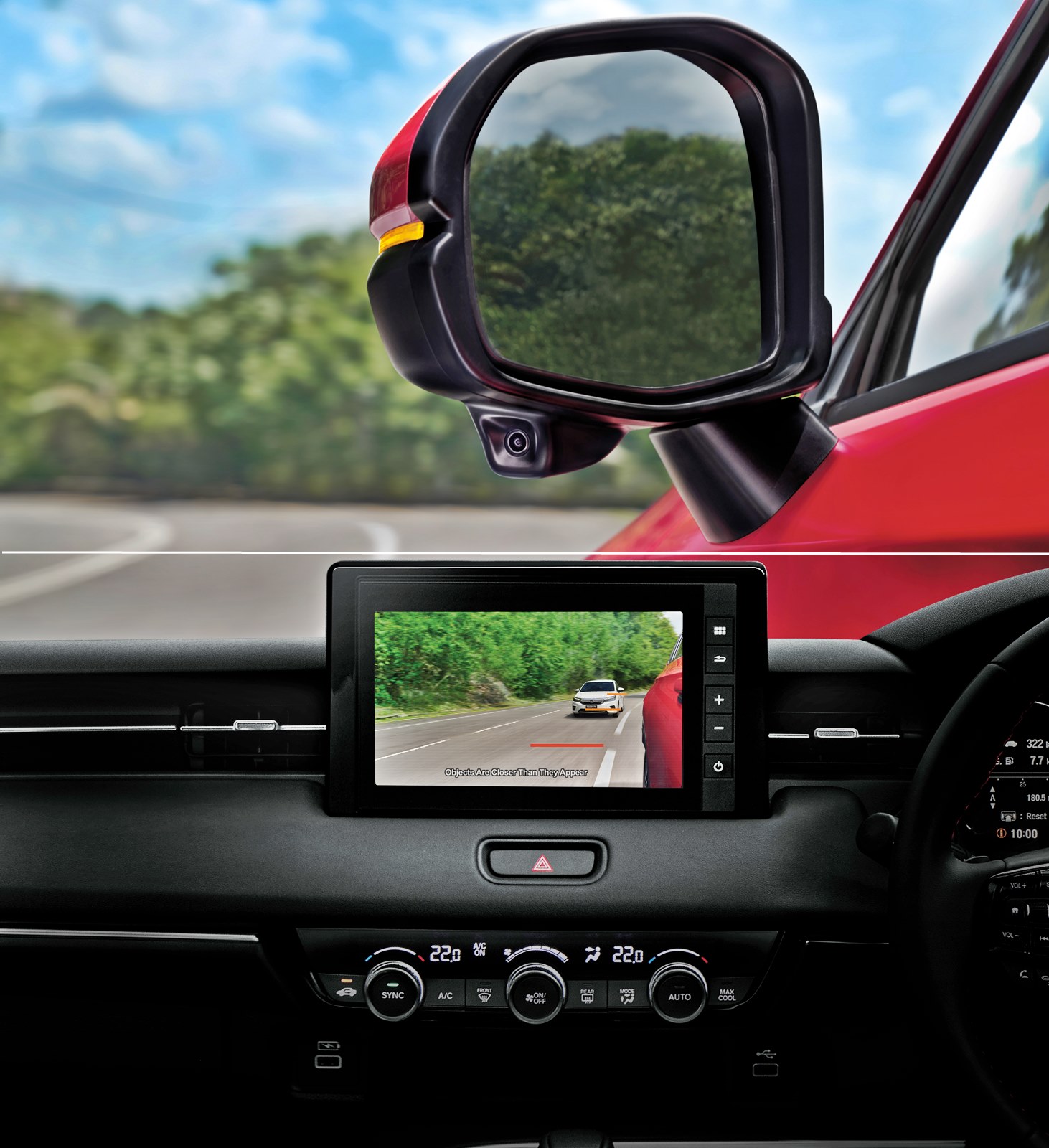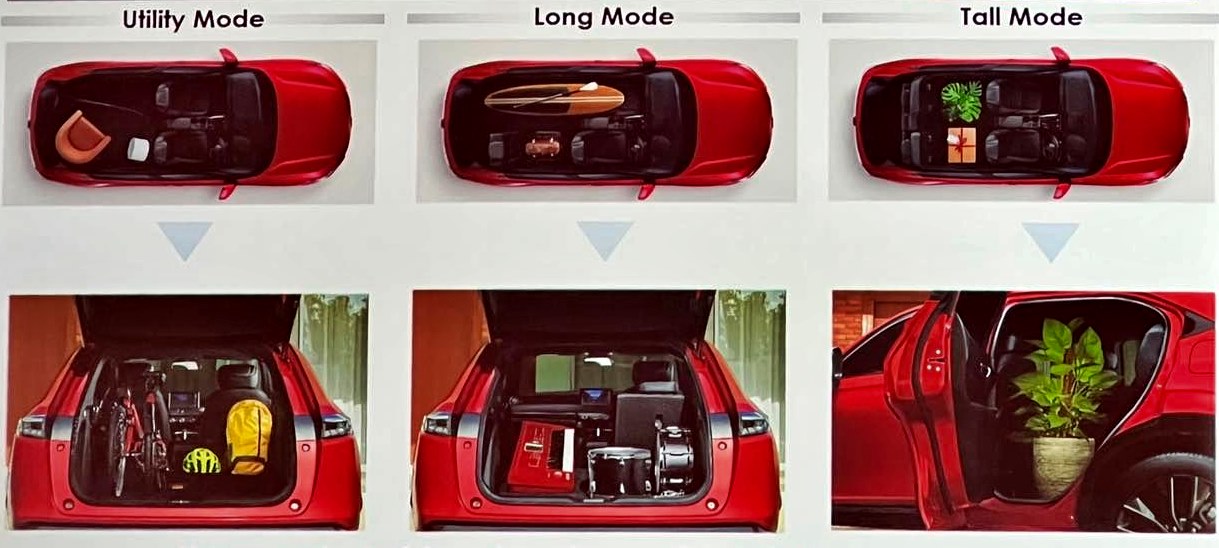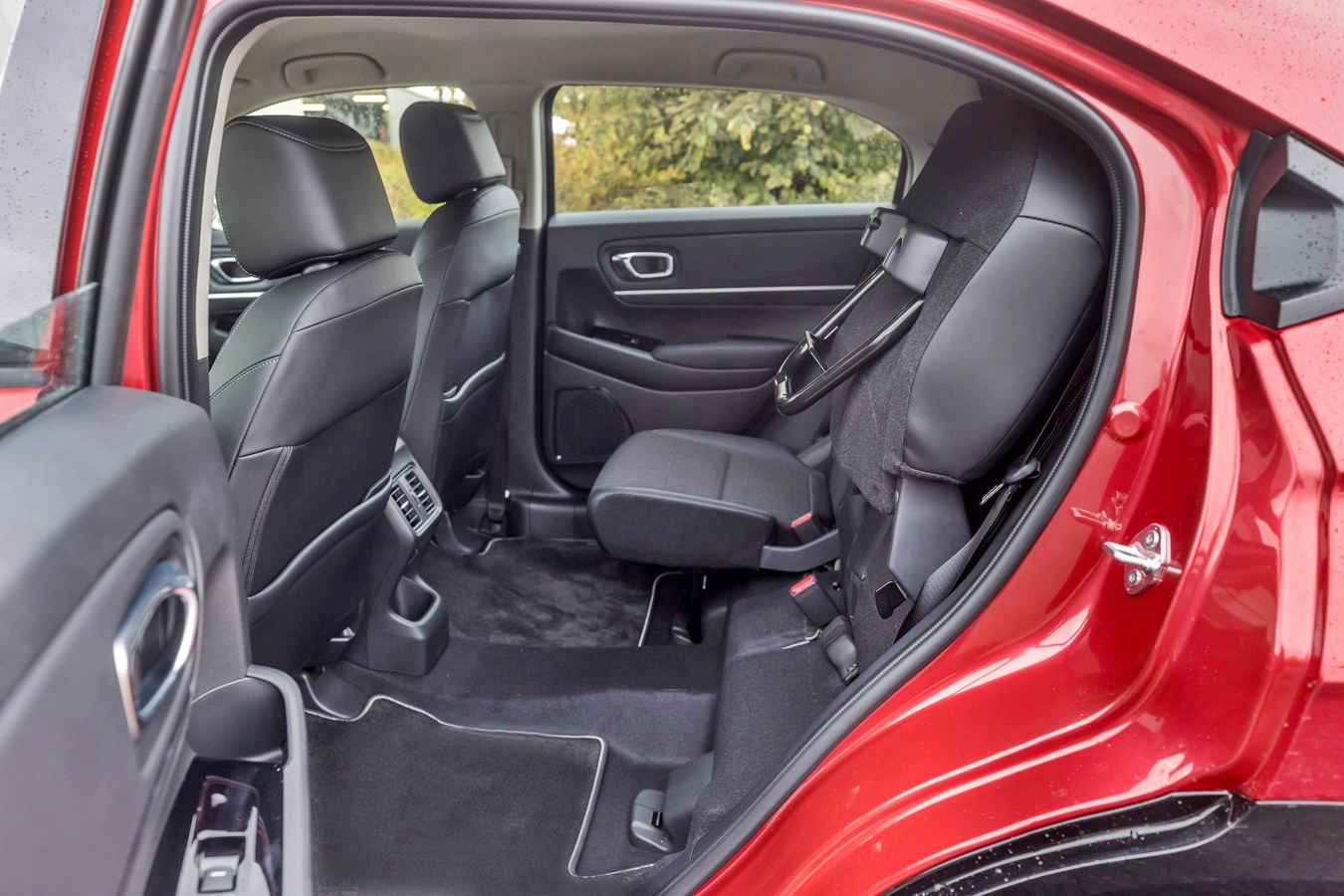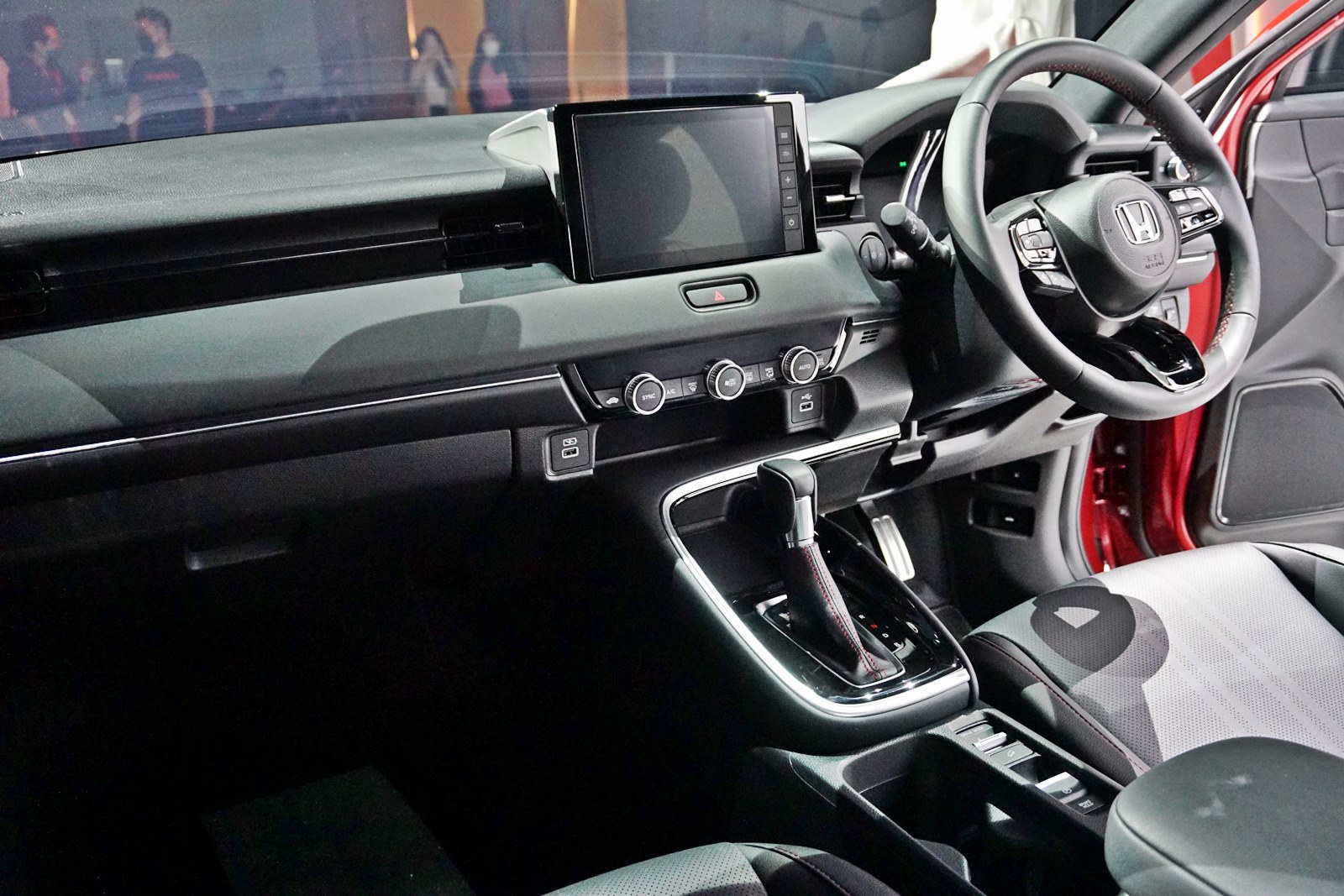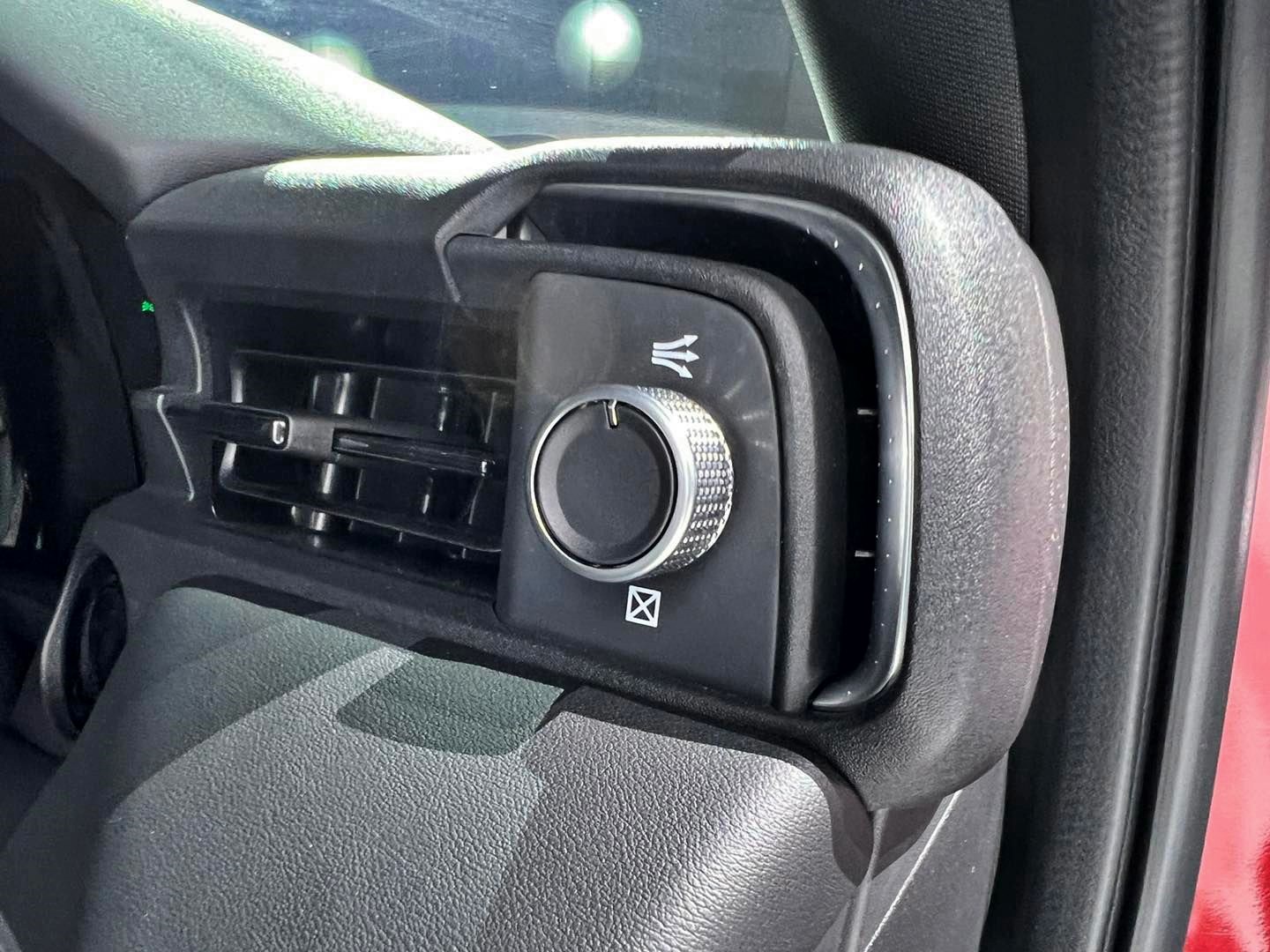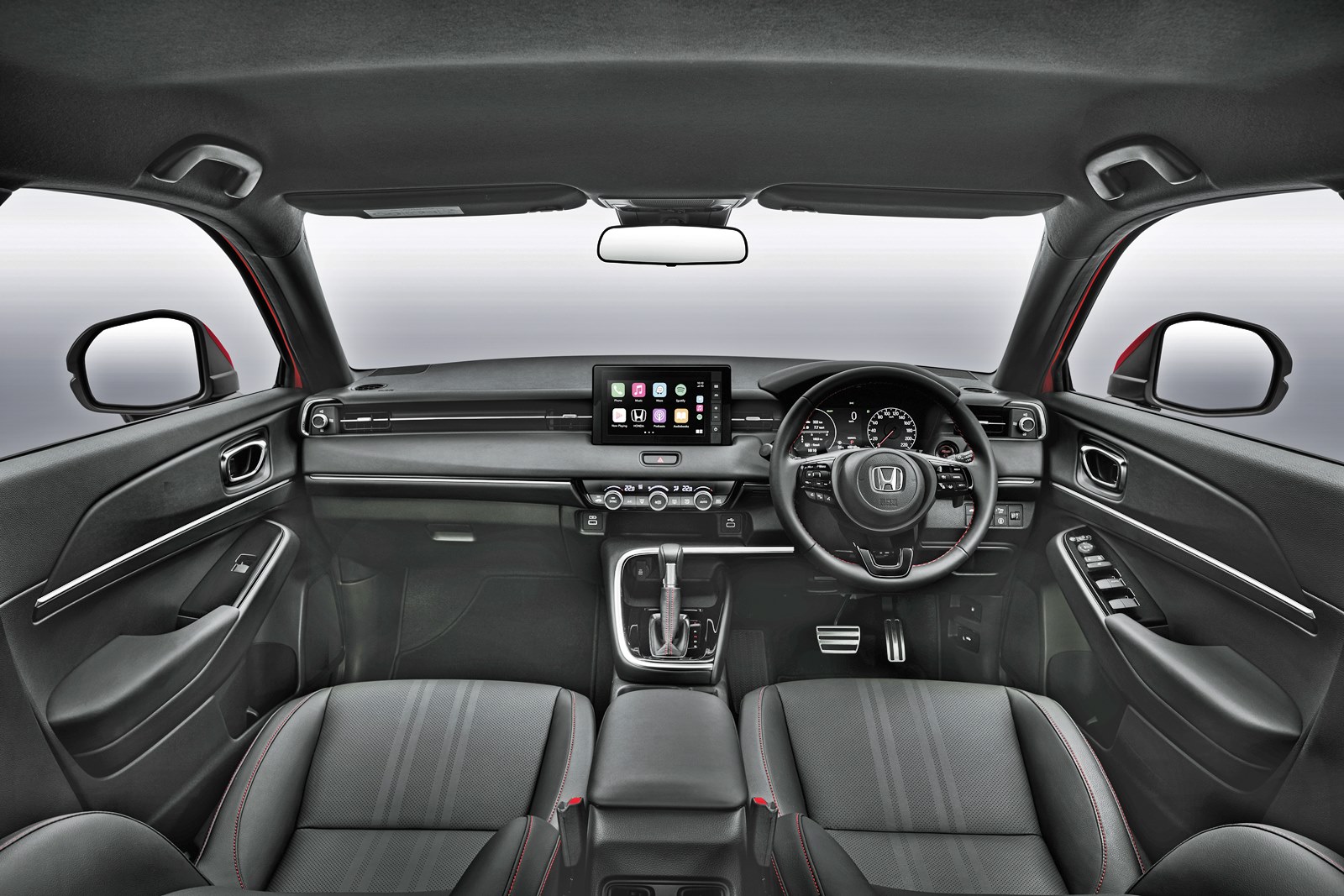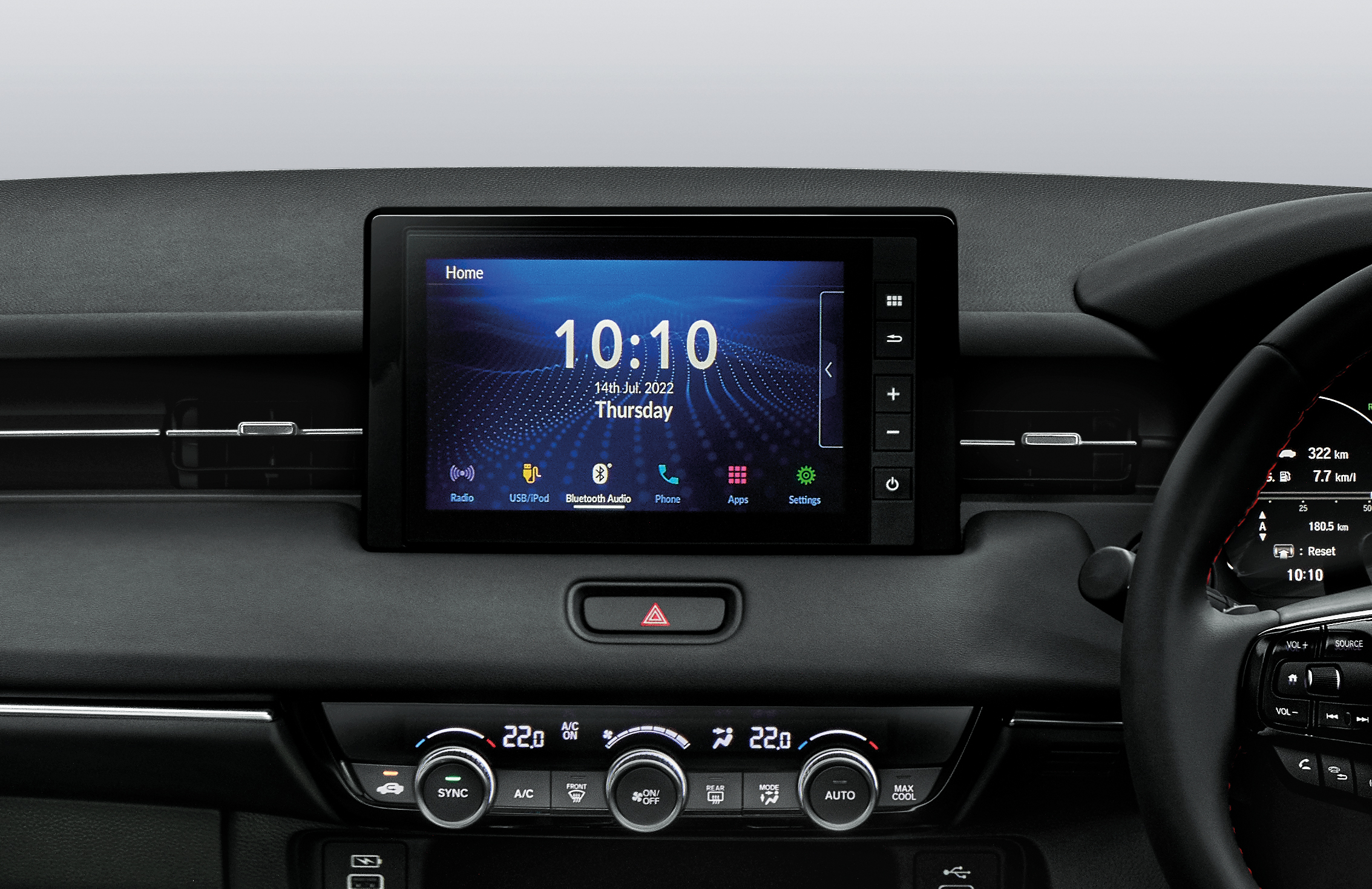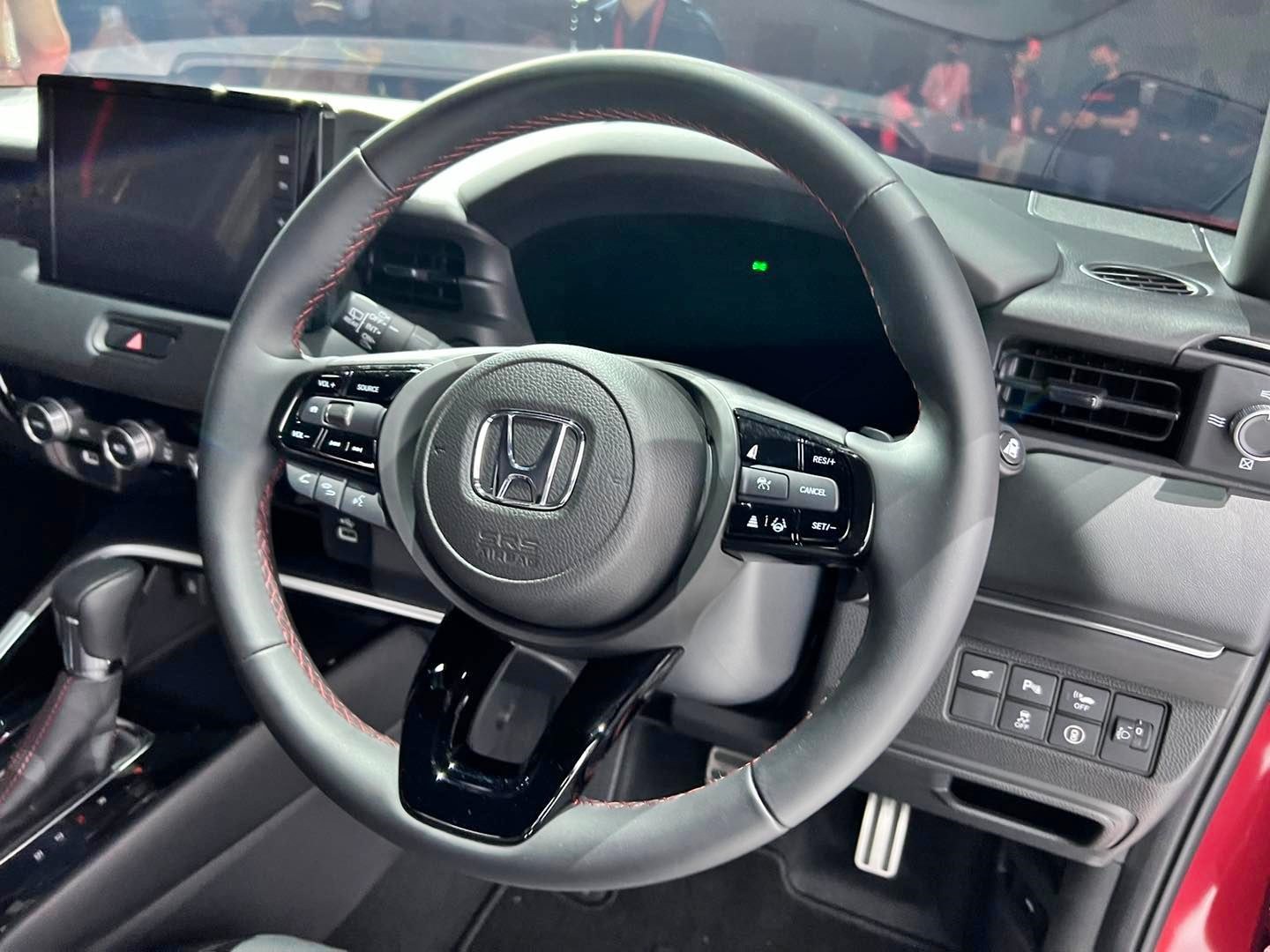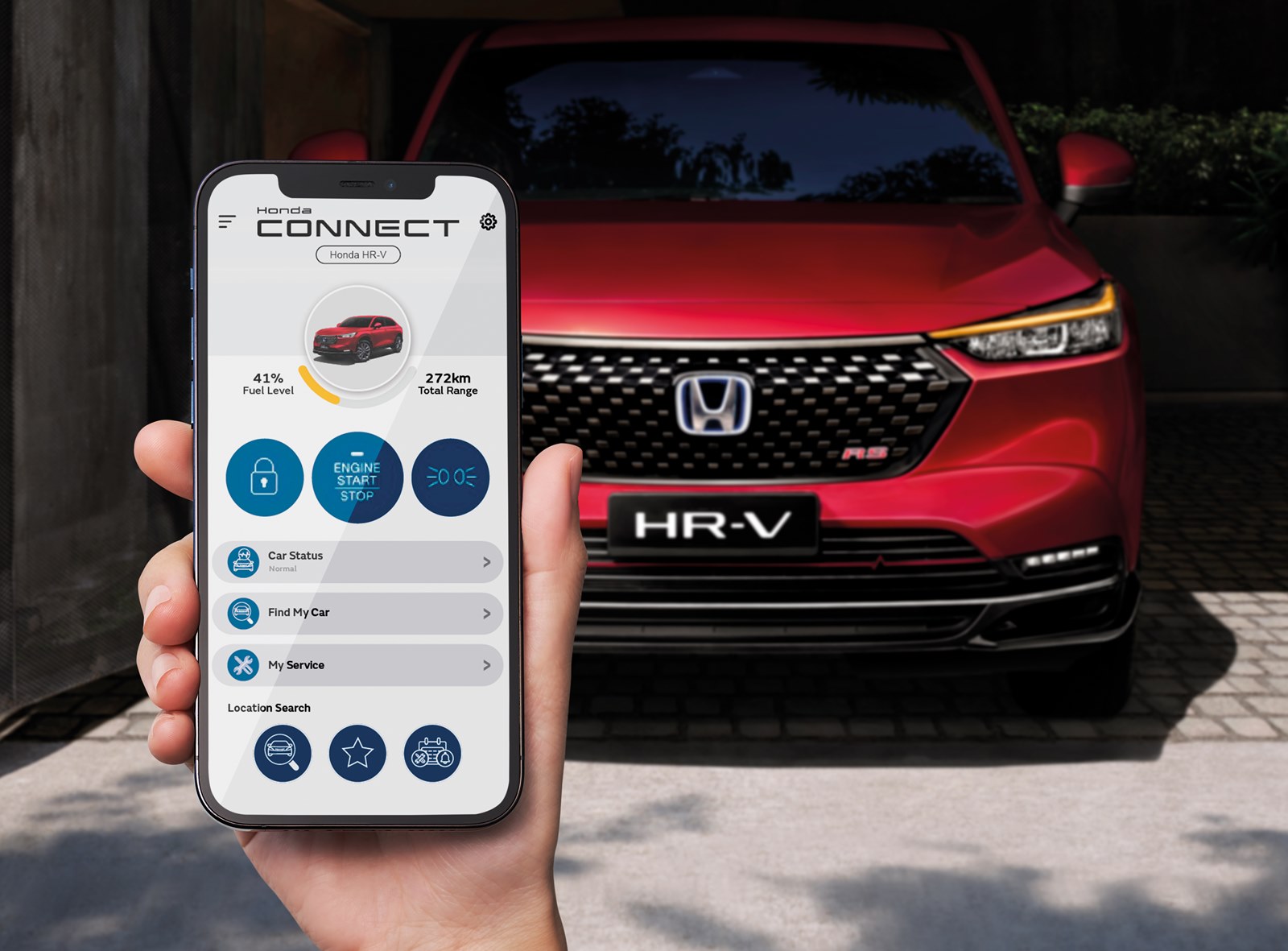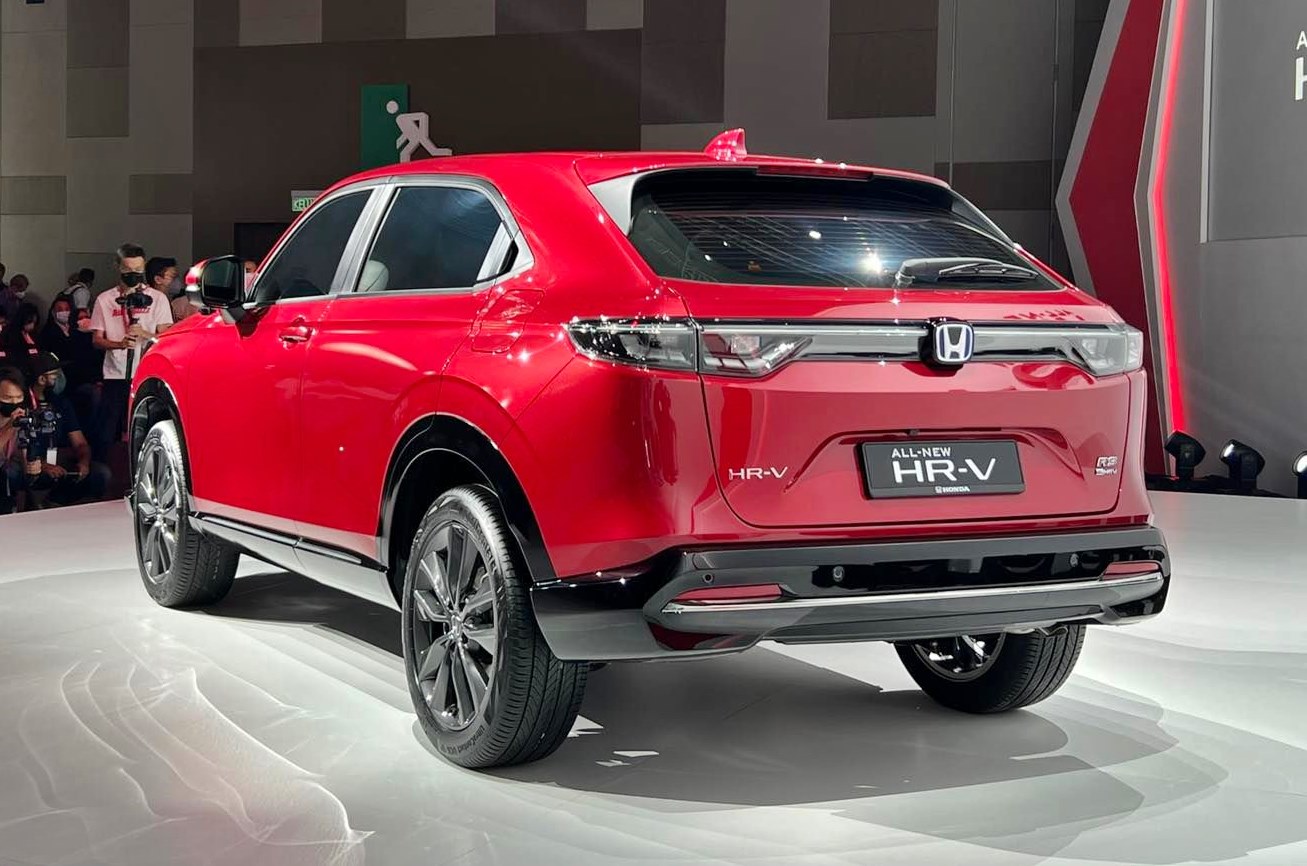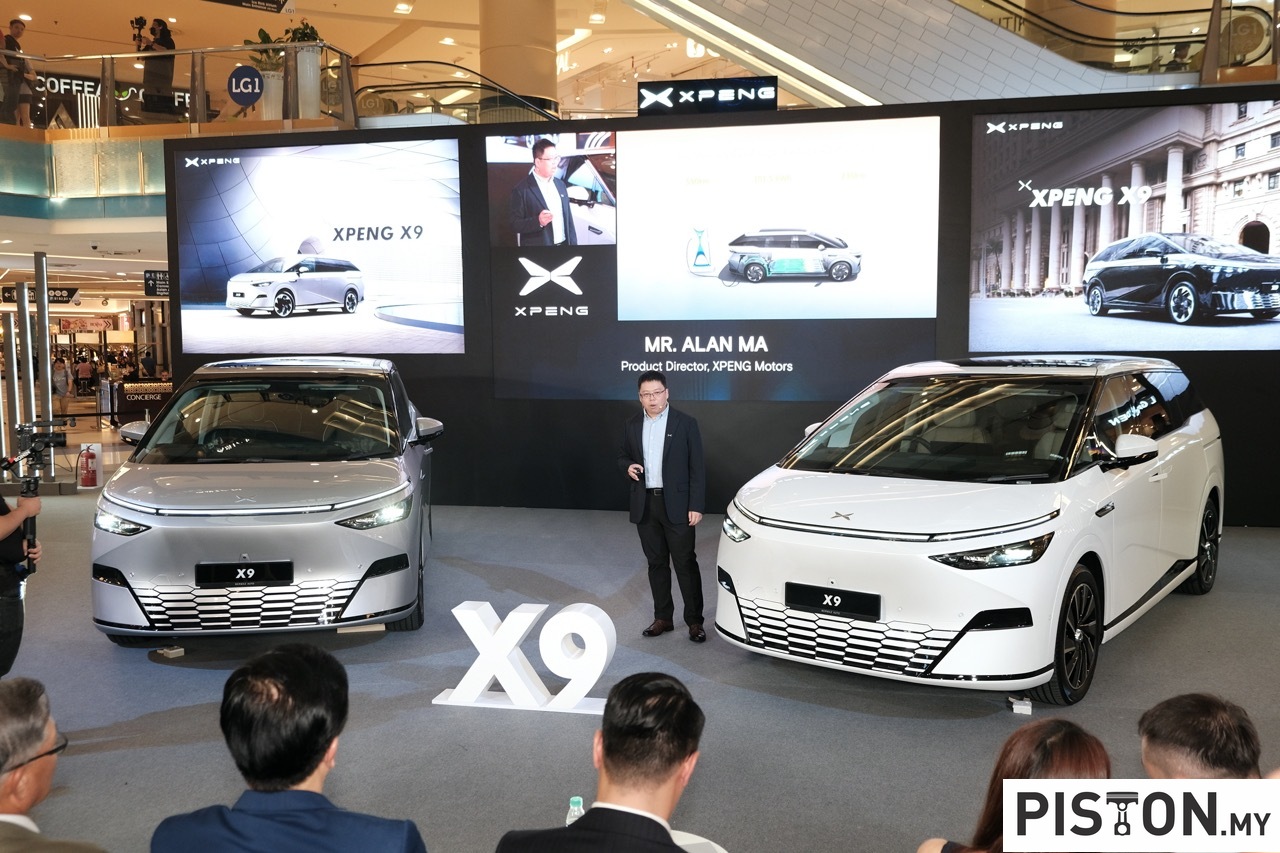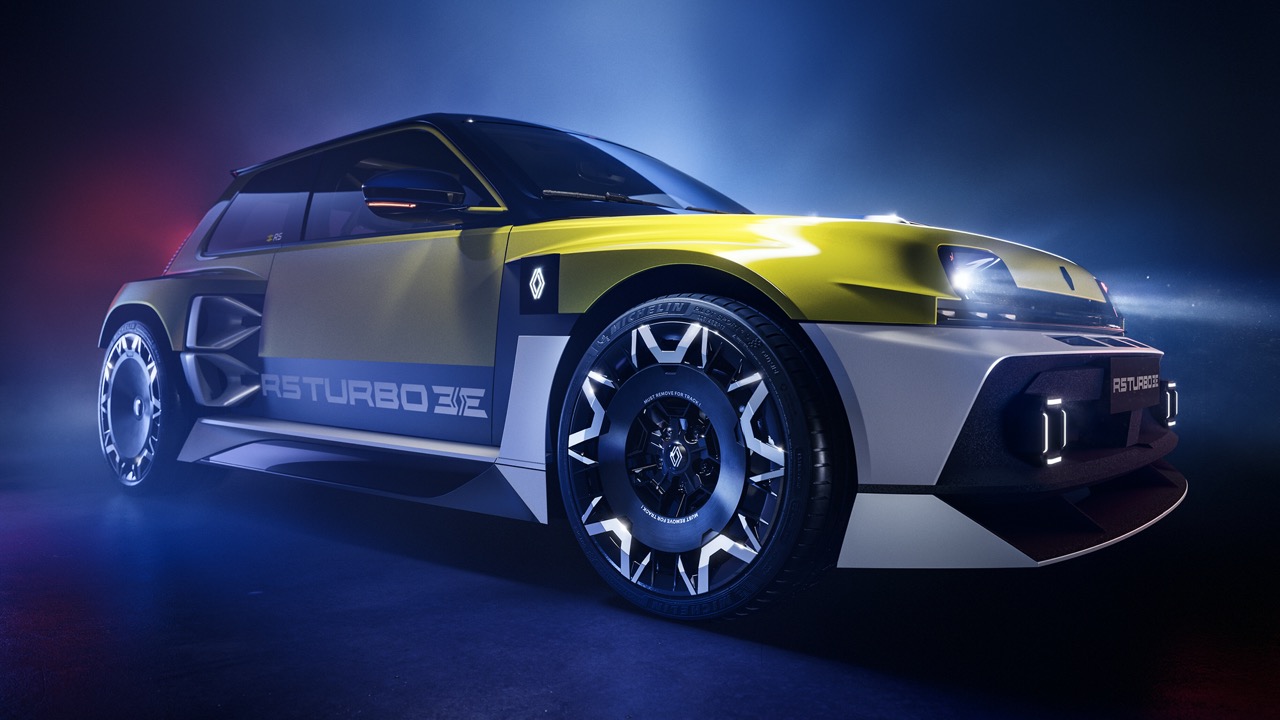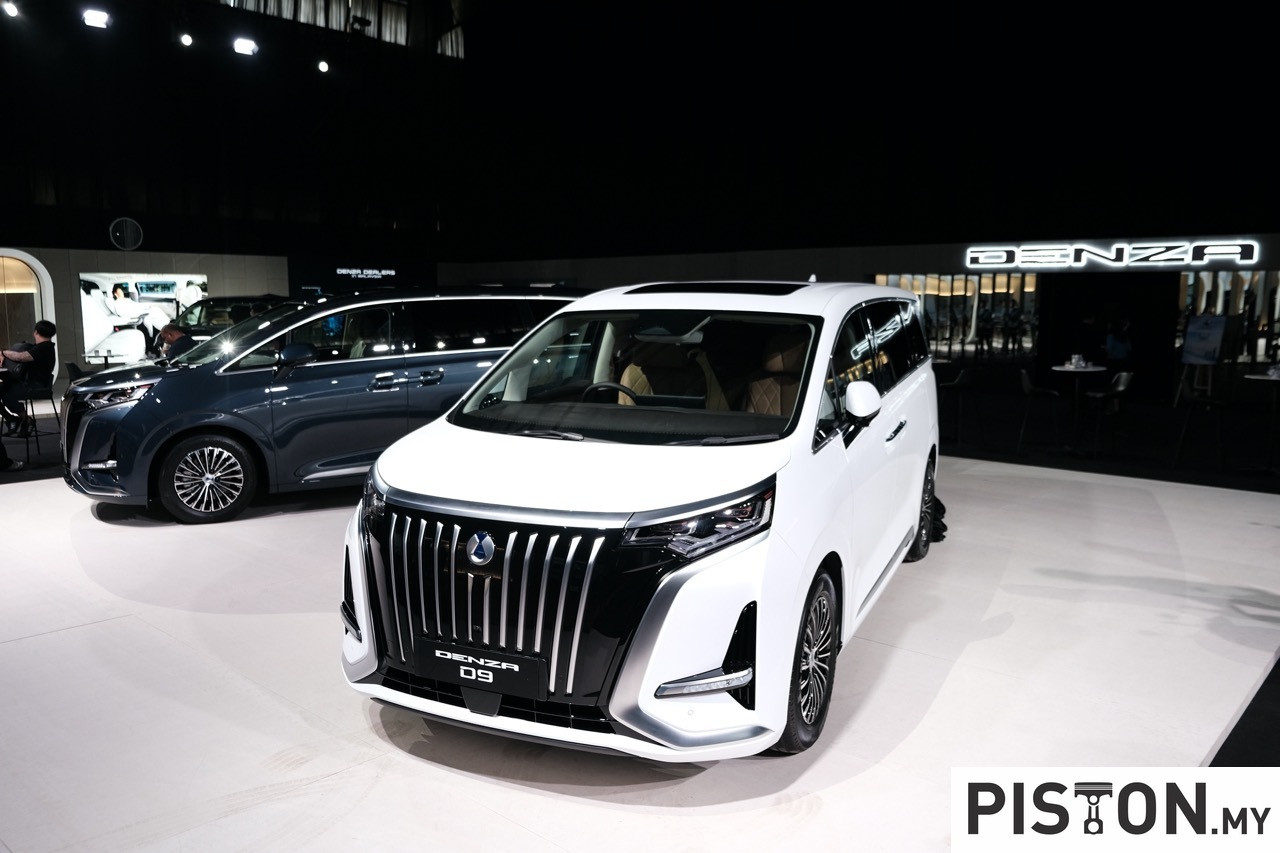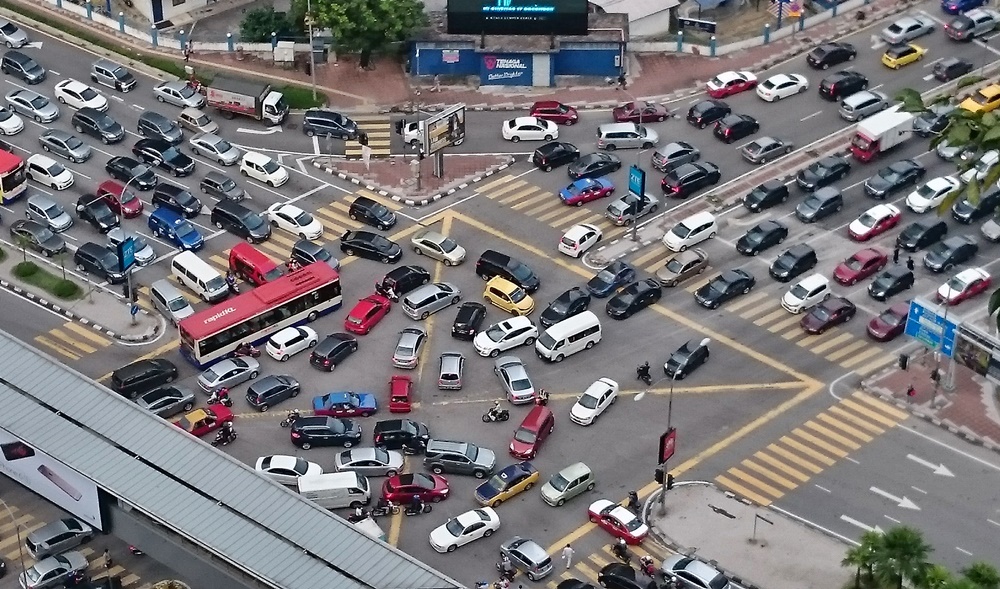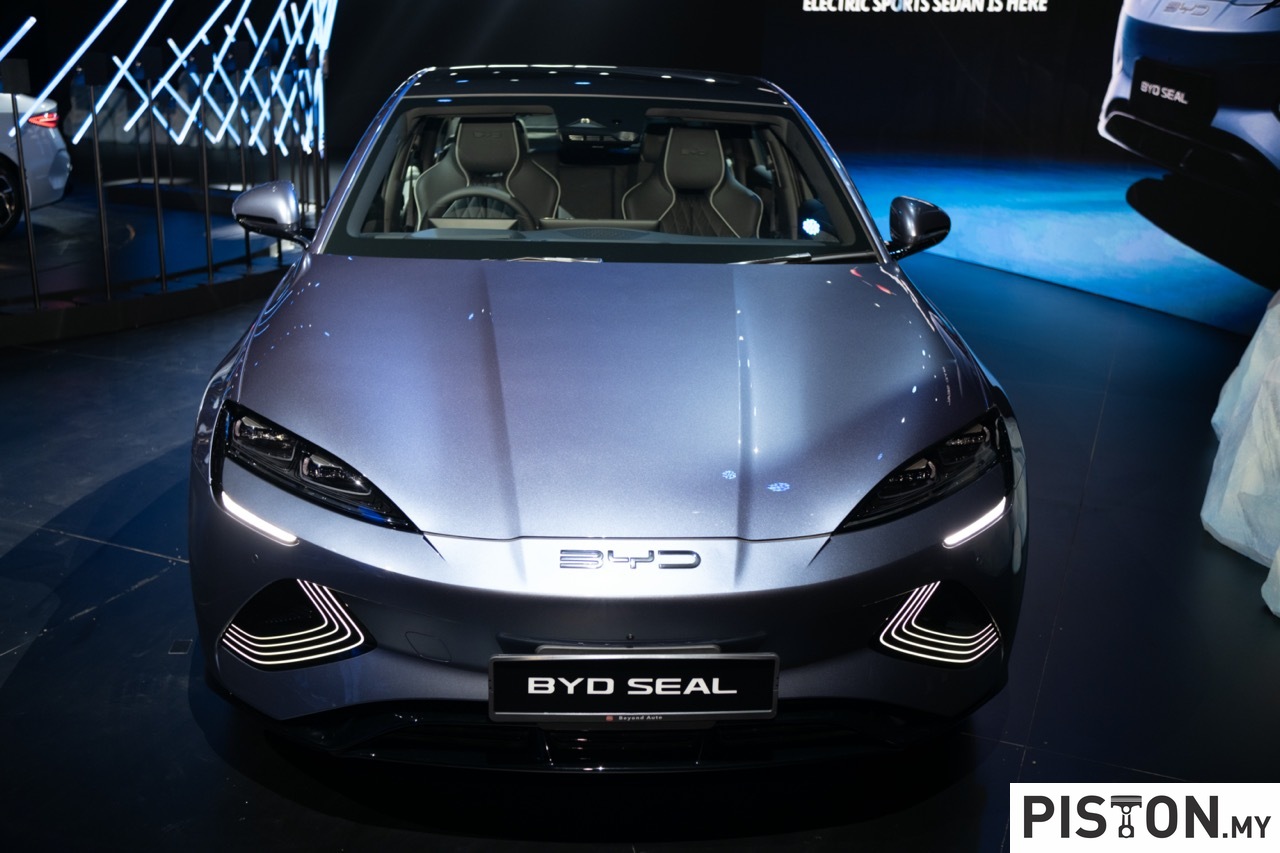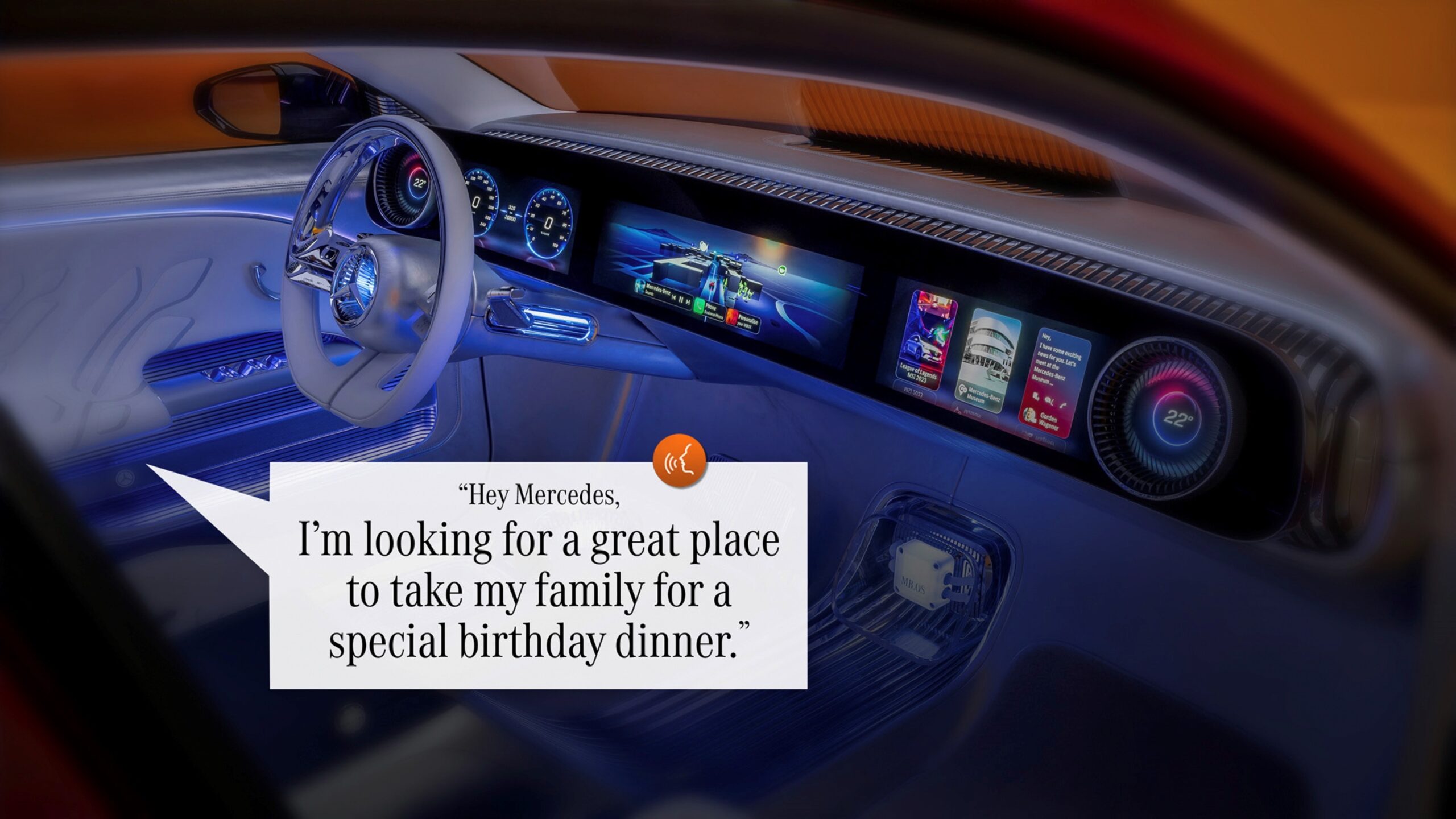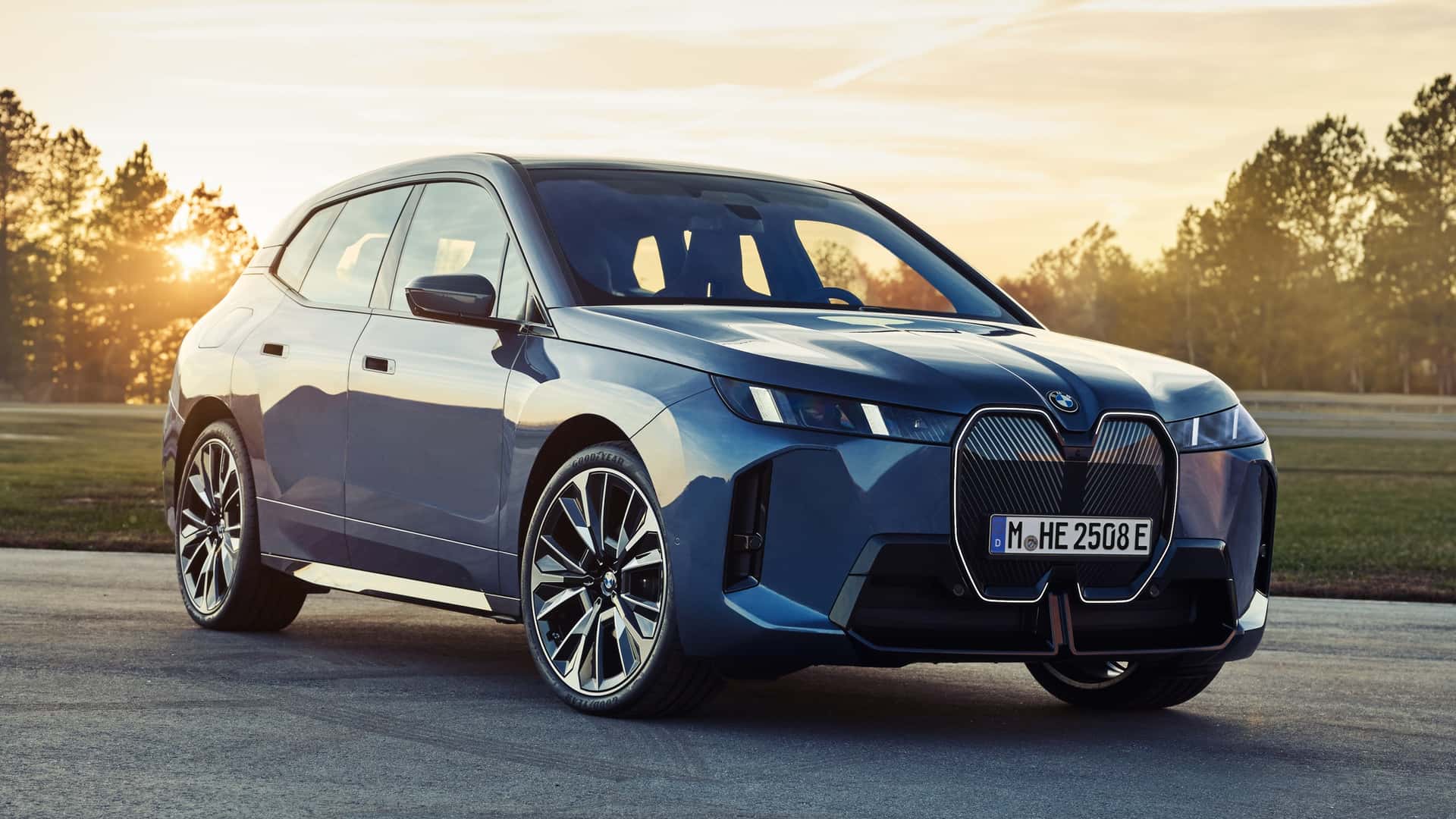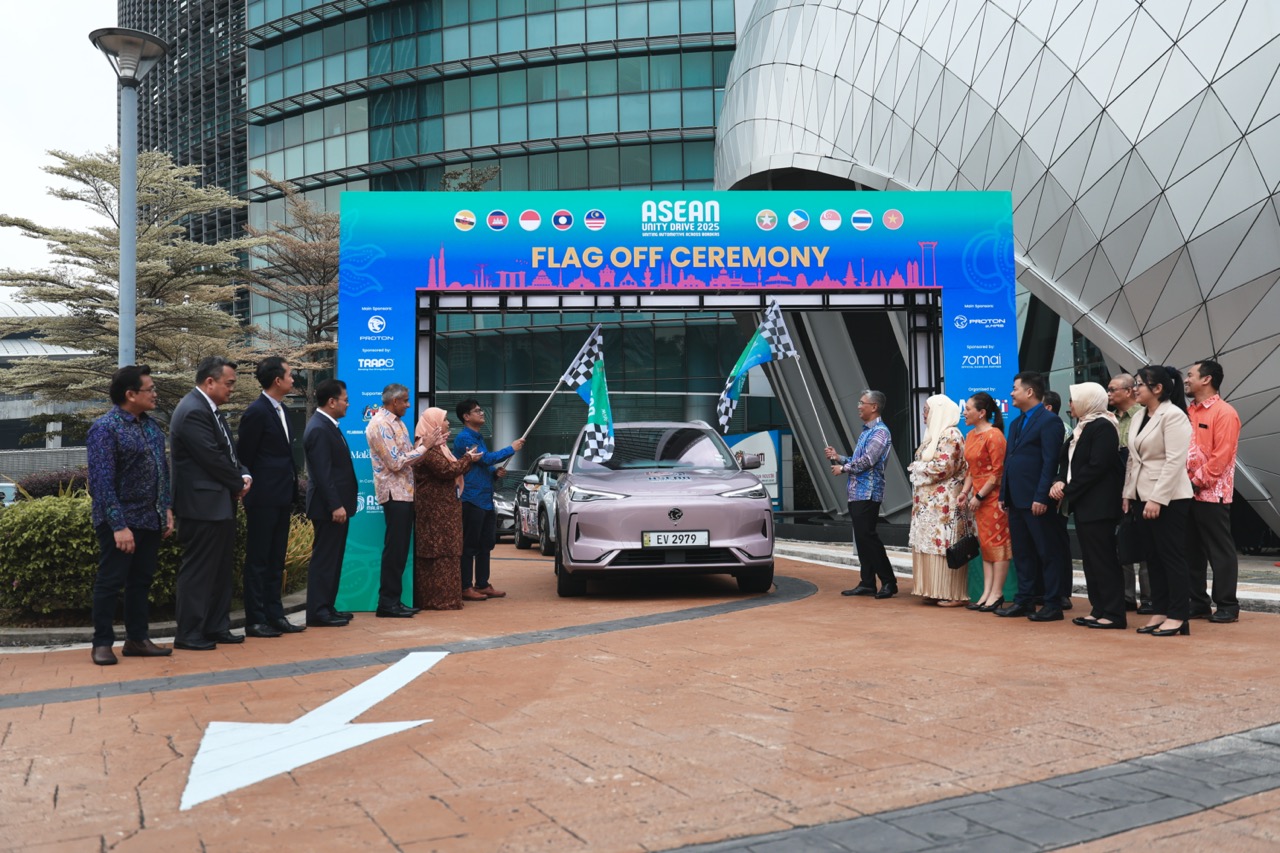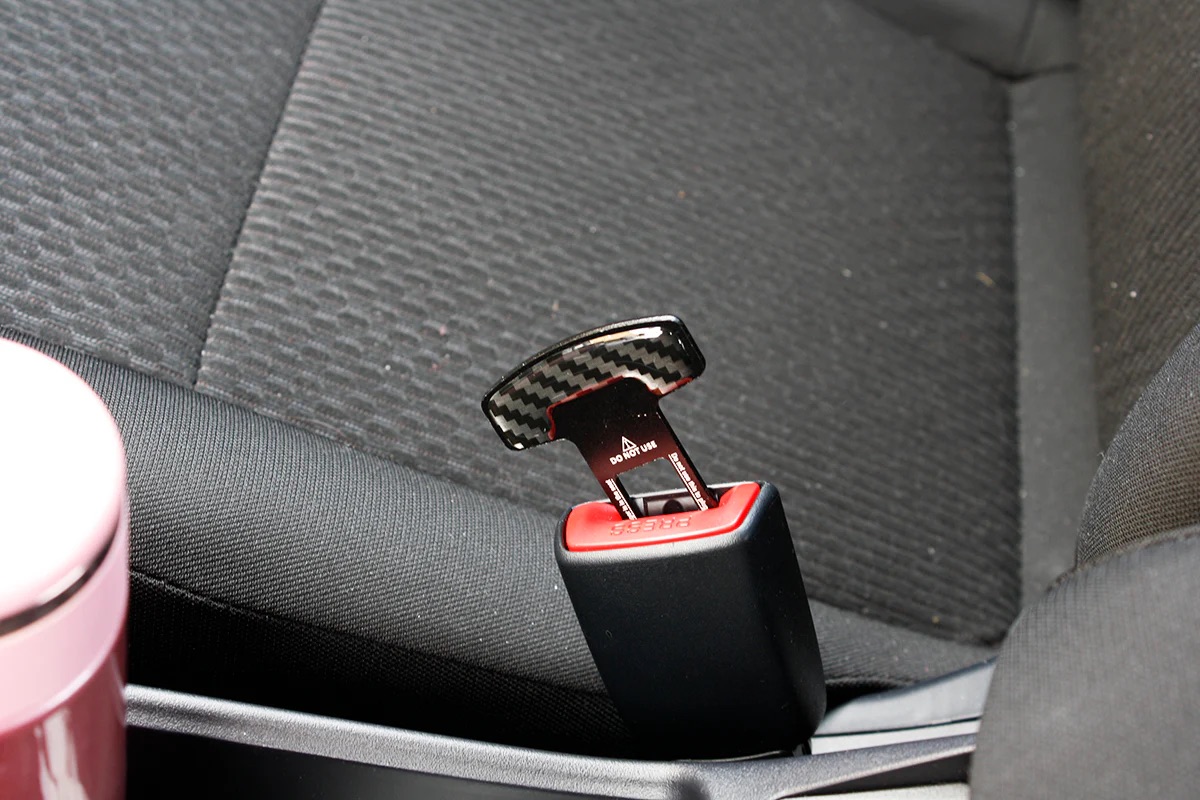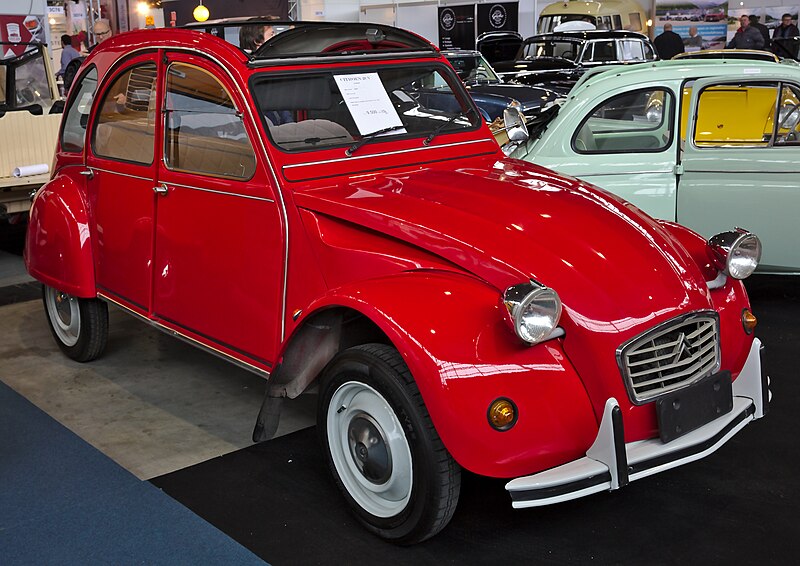New Honda models almost always grab a lot of attention and the interest shown by the public actually translates into strong sales that remain constantly high. The HR-V is one such example; even from the time before the first generation was officially launched in Malaysia, it already drew crowds wherever it was displayed. And when it finally arrived in showrooms, even more orders flooded in and placed the crossover SUV in a leadership position in its segment.
After putting around 111,000 units on the road in 7½ years, it’s now time for a new generation and again, there has been the same strong interest that the first generation had. Prior to the launch today, one unit was sent around the country for exclusive previews at selected showrooms and drew a lot of potential customers.
Bookings were accepted from June 9 and with the sales tax exemption set to expire at the end of the month, many did not want to miss the opportunity to save money so they made their bookings right away. By today, Honda Malaysia has received more than 20,000 orders – more than 12 times the monthly sale target the company has set. As such, the waiting period will stretch to at least 12 months!
It’s been a while since a Honda model has had such a long waiting period, the last one in memory being the Accord back in the 1980s. However, the company is uncertain of the actual number that will be taken because there may be cancellations so it can only get an idea of the real demand after the July numbers are reviewed. Those who did book before June 30 will be entitled to the sales tax exemption and save money but for those who do want to get one, the following are the retail prices:
With the success of the first generation, coming up with the next generation must have proved to be a challenge. While maintaining the profile with a coupe-like fastback, the designers took the opportunity to use this generation change to also start introducing a new design language which is a total departure from the previous ‘wing’ theme.
The front appearance is bolder with a new and dominating grille design. As it is a big visual change, some may like it and some may not. But lack of enthusiasm for the new look is likely to fade away in time as it becomes more familiar. It is often the case that there are some designs which are not so well received when a new model is launched but eventually, the negative views diminish. In fact, a designer once said that he would be worried if a new design generated too much excitement at the start because there was a danger it could also become dated quickly. He preferred designs to ‘mature’ and gradually become more accepted amd appreciated over time.
New exterior features include front LED Sequential Turn Signals (the signals ‘move’ as the illuminate), and a full-width LED Taillight Strip which adds a visual signature visible from a distance. Other key exterior features include new LED headlights with DRLs, LED foglights and 18-inch alloy wheels.
Sizewise, the new HR-V measures 4385 mm in length, which is 39 mm longer than its predecessor. The 1790 mm width is similar to the previous RS version, while the roof is 15 mm closer to the road so the profile is more low-slung. The contemporary, uncluttered form has a crisp horizontal shoulderline running from the rear light cluster to the front headlights, generating a sense of forward momentum.
This time round, Honda Malaysia is offering a choice of three powertrains in four variants. There is no longer a 1.8-litre engine and all the powertrains have a 1.5-litre displacement. At the lower end is the HR-V 1.5S which has a 1.5-litre DOHC i-VTEC engine producing 121 ps/145 Nm. The other two variants – the E and V – have the widely used 1.5-litre turbocharged VTEC engine (shown below right) which produces up to 181 ps/240 Nm. The S, E and V variants all use a CVT delivering power to the front wheels.
The top variant, as before, is the HR-V RS which has e:HEV technology with the intelligent Multi-Mode Drive (i-MMD) system. Already available in the City RS, this 1.5-litre hybrid powertrain with 2 motors (above left) generates 131 ps with an impressive 253 Nm of torque. From our experience with its in the City RS, it not only delivers strong performance but can also be very economical because it can run on just the electric motor for short distances, meaning no petrol is used at all. And as the battery pack recharges while driving, the e:HEV approach is the best one for Malaysia at this time, rather than moving to full electric vehicles so quickly.
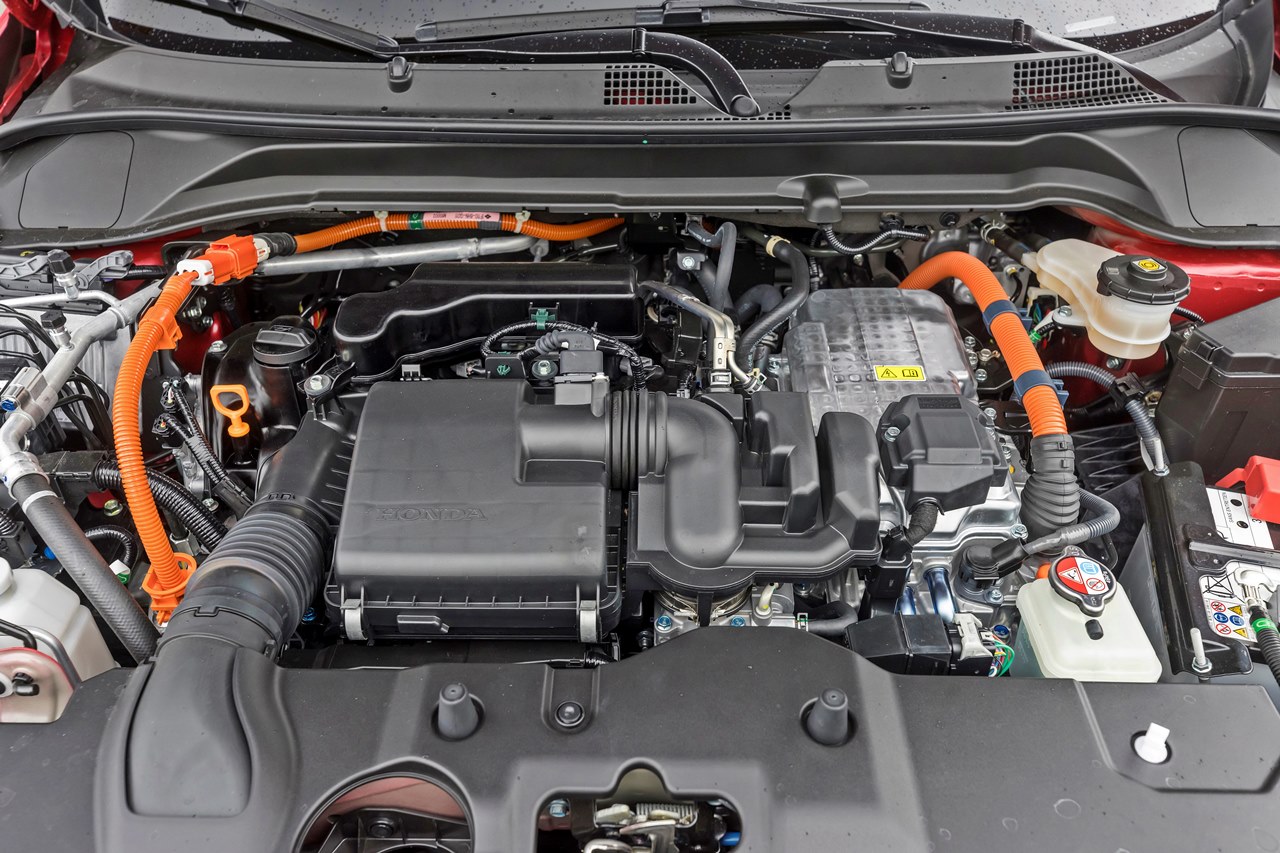
Compared to the e:HEV powertrain in the City RS, the one in the new HR-V has received improvements to increase performance. The battery pack in the Intelligent Power Unit has 60 cells, 25% more than the one in the City RS, so storage capacity is greater. The system also generates 20% more power and the CVT has a lower ratio, probably to suit the higher weight of the HR-V.
The chassis is the same as before with MacPherson struts in front and a torsion beam at the rear, a common layout in many of today’s vehicles. Feedback from customers identified certain areas that needed improving in the vehicle dynamics. The improvements have been achieved by small engineering revisions in the suspension, body architecture and electric power steering. Adding reinforcements in some areas has contributed to better rigidity.
The torsional rigidity and spring rate of the steering column has also been increased by 15%, affording a smoother feel during direction changes. Initial corner turn-in is more direct when compared to the previous HR-V, and the overall feel during manoeuvres is much more linear and precise.
At the rear, the compliance bushes have been modified in both construction and design to improve rear wheel control and ride comfort. The liquid-filled bushes have increased damping performance and good low-frequency performance providing excellent primary ride, whilst absorbing certain frequency vibrations to improve secondary ride. In revising the bush design, a flange has been added to reduce lateral movement across the bush.
Noise, vibration and harshness (NVH) are what the passengers constantly experience and making them as low as possible makes a big difference to not just comfort but also the perception of quality. To lower NVH, the engineers focussed on two areas – engine acceleration and road noise. They didn’t just mask the noise and vibrations by using more insulation but also made changes to certain parts or added reinforcements so that the frequencies would become less disturbing.
Contributing to reducing accidents, Honda Malaysia has made Honda SENSING standard in every variant. This suite consists of 9 active safety systems, including Adaptive Cruise Control, and they rely on a camera positioned at the top of the windscreen. The omission of a radar helps to lower cost and to ensure that the camera alone is enough, it has been given a wide forward view (about 100 degrees left to right) and the image processing software is also more advanced for enhanced recognition capability.
The system can identify other vehicles, people and also lane markings as well as gravel and grass edges. The latter is important for the Lane Keeping function which limits the vehicle from drifting out of its lane. On long distances, this feature can help reduce fatigue as the driver does not have to make minor corrections to the steering to stay in the lane.
When driving on slopes, there are also systems that will help the driver. Hill Descent Control, when activated, will manage the speed safely downhill so all the driver has to do is steer to avoid obstacles. There is also an AUTO HOLD function to keep the vehicle motionless on a slope without having to keep the foot on the brake. This is now possible with the electrically-operated parking brake.
Honda LANEWATCH, the innovative camera-based blindspot monitor, is fitted to the V and RS variants. This system shows real-time images of the left side of the vehicle, allowing the driver to spot if there is a motorcyclist or other vehicle coming up. The image is shown on the centre panel and comes on whenever the left signal light is activated.
The compact dimensions of the HR-V allow for only two rows of seats but the legroom is generous, with rear passengers getting 35 mm more space. This is helped by having the fuel tank situated under the centre (an idea which originated with the first Jazz). Like the City Hatchback, the HR-V cabin can be configured in three layout modes – Utility, Long and Tall. In the Long mode, there is a floor length of up to 1.9 metres when the rear backrests are folded down. Along with the high ceiling, this allows for 2 mountain bikes (with front wheels removed) to be stored on board. The Tall mode allows tall items (like plants) to be carried as the floor to ceiling height is maximised by folding the rear seats up. The idea has been used in some Honda models for around 20 years, since it first appeared in the Jazz.
For those who own the RS variant, loading cargo is even more convenient with the handsfree feature that opens the rear door automatically. Just placing a foot under the rear bumper unlocks and raises it and even better, it will close by itself too when the owner has gone further than 2 metres away.
The dashboard has the same clean design with a combination of touch and physical controls. It’s clear now that touch controls are not necessarily ideal for every function so the interior designers have provided rotary controls and pushbuttons for the air-conditioner and ventilation system. These can be operated without having to look, unlike touch controls where you have to look and then focus on an icon – which is not so good for driving safety.
Talking of air-conditioning, besides having two zones so the front passenger and driver can set their preferred temperatures, there is also an Air Diffusion System which is a first for Honda. This introduces a new concept of air conditioning, with L-shaped vents positioned in the top corners of the dashboard that deliver the restorative effects of a natural breeze to all occupants.
The idea was born from the concept of designing light and wind to improve passenger comfort, with nature as inspiration. The new ventilation approach resolves a disparity in traditional vent configurations, where passengers often feel uncomfortable with air blowing directly onto them. When activated by turning a dial, the Air Diffusion System creates a new gentle flow of air which discreetly flows like a soft breeze along the side windows.
The air also travels to the roof, creating a gentle vortex of air that is barely perceptible to passengers. We’re not sure if the breeze will reach the back but the rear passengers will also be comfortable as there are vents closer to them behind the centre console.
Being a Honda, the equipment list can be expected to be extensive with many features thoughtfully included. The infotainment system has Android Auto and Apple Carplay which expands its useability to include apps from smartphones (like Waze and Spotify) while there are 4 USB ports for recharging devices. The driver of the V and RS variants gets 8-way adjustment on their seats and those in the V variant also have paddle shifters. All variants have pushbutton start/stop and also auto locking when walking away (with the engine off).
Except for the S variant, all the other three HR-Vs can be started from a distance with the Remote Start. In movies, such a feature would be used as a precaution in case there’s a bomb under the car (set to go off when the engine starts) but in real life, Remote Start is useful for starting the engine so the air-conditioner can run and cool down the cabin.
For those who like the extra class that leather gives, this is standard for the upholstery in the V and RS variants. For the other two variants, fabric upholstery is provided. Throughout the cabin though, there are many areas where the panels have soft padding for a more premium feel.
Honda CONNECT, a telematics system that provides safety, security and convenience, is provided with the E, V and RS variants. This system can track the vehicle’s position so it can be located if stolen and owners can also set ‘geo-fencing’ so they will be alerted if the vehicle moves out of a designated zone. In the event of a severe collision, an automatic notification will be sent out so that help can be quickly sent. Honda CONNECT also allows the owner to check on the condition of the battery and fuel level without being inside the vehicle, and there will be reminders when routine maintenance is due.
As with other Honda models, there is also the option of adding genuine accessories to personalize the HR-V. Honda Malaysia offers 5 packages with different themes, with prices ranging from RM1,106 to RM3,780. As the cost of these packages would be included in the total price of the vehicle, they would also be part of the financing plan.
The new HR-V is now at Honda dealerships nationwide and if you want to view or test-drive on, locate the nearest showroom at www.honda.com.my.
Click here for a copy of the new Honda HR-V brochure.
Honda’s electrification plans will still include hybrid models, at least until 2035




